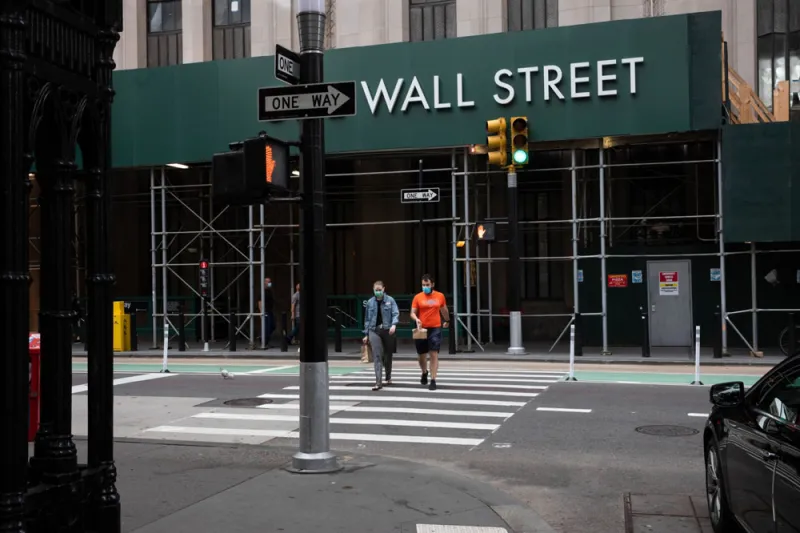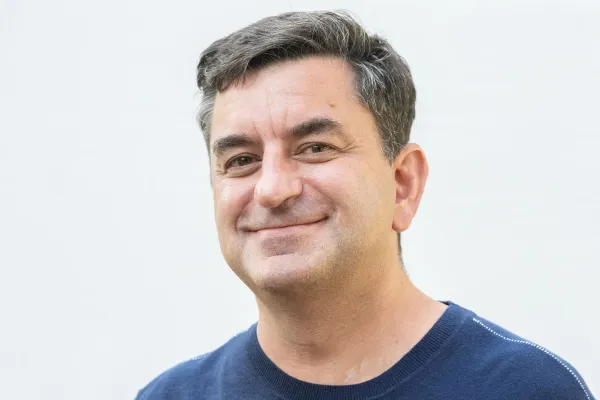Private equity is flush with even more cash waiting to be invested than before the pandemic shut down large swaths of the economy.
Buyout funds had $853 billion in dry powder as of the third quarter, with more than half of that in the industry’s largest funds, according to Ernst & Young’s third-quarter report on private equity trends. Funds that were specifically set up to invest in distressed deals had $140 billion, or 15 percent more to work with than they did at the beginning of the year.
Total funds raised in 2020 through the third quarter have decreased by 19 percent, to $524 billion, with the absolute number of funds falling by 28 percent from the same time last year. But that’s still in line with fundraising trends over the past five years, according to EY.
With most communication still happening through Zoom or Microsoft Teams, investors are handing more money to the funds they already know. That means the average fund size grew by 9 percent as of the third quarter. As a result, smaller funds without well-known brand names need to figure out how to get in front of investors.
The star-studded list of mega funds includes CVC Capital Partners’ $24 billion buyout fund and Brookfield's $20 billion infrastructure product. Investors also handed over $18 billion to Silver Lake Partners for another buyout fund.
There were also surprises along the way. When markets cratered beginning in March, industry observers were concerned that investors would fail to make their capital commitments to private equity funds.
That’s what happened during the global financial crisis, when investors hurt by the fall in the value of their public securities hoarded their liquidity reserves. Concerned about hurting relationships with limited partners, many private equity firms let their investors break the terms of their capital commitments.
This crisis was different. Among other things, investors tapped into secondary markets — the buying and selling of stakes in private funds — for cash. “Secondaries are becoming an expansive liquidity solution for potential sellers,” wrote the authors of the EY report.
Special purpose acquisition companies, or SPACs, have become the story of 2020, according to EY. SPACs — also called blank-check companies because they go public first and then buy private companies — have become an entirely new way for private equity firms to exit portfolio companies. They've also become an avenue for investors to access private companies through the public markets.
More than 100 SPACs, some backed by prominent hedge funds, have gone public this year, raising $40 billion, according to the EY report, citing data from Preqin. That’s three times what was raised the year before. Industry publication SPACInsider puts the figures even higher, at 192 deals raising $67.6 billion.
[II Deep Dive: Investors Have Bet Big That You Can Get Private Equity Returns in the Public Markets. A New Study Says Otherwise.]
Not surprisingly, deal activity slowed as bankers, investors, and corporate management teams were stuck at home. The value of deals declined 12 percent year-to-date, compared with the same period in 2019. The number of deals fell 30 percent.
In line with the disparate impact of Covid-19 on different parts of the globe, deals fell 44 percent in the Americas year-to-date, compared with the same period last year. In contrast, deals were largely flat in Europe, the Middle East, and Africa. Meanwhile, deals in Asia surged as the region was successful in tamping down on the spread of the coronavirus, said EY.
Technology was the undisputed winner in 2020. Tech companies attracted one-quarter of all the private money deployed so far this year.







